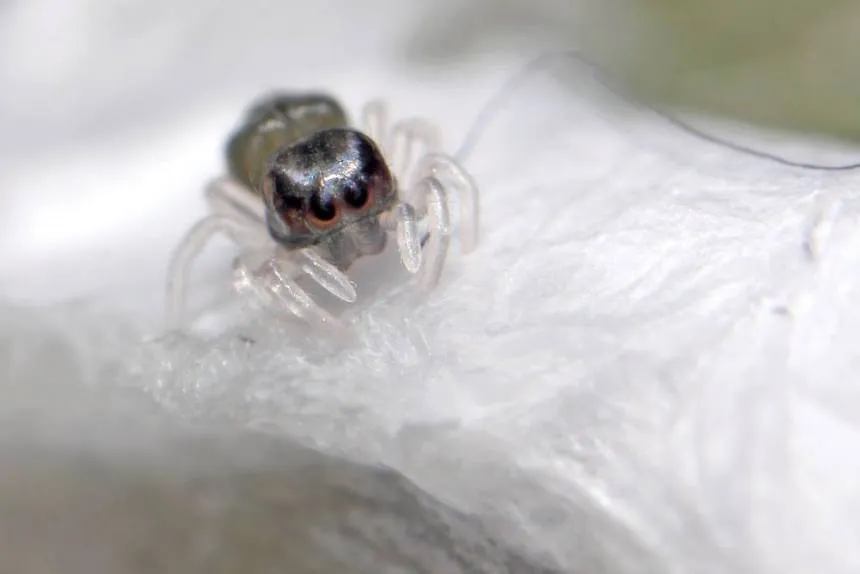What Are Baby Tarantulas?
Baby tarantulas, often referred to as slings, are the juvenile stage of these fascinating arachnids. They are essentially miniature versions of their adult counterparts, but with unique care requirements. These young spiders are fragile and require a carefully managed environment to thrive. Understanding the basics of their biology and development is crucial for providing proper care. Baby tarantulas are generally more vulnerable to environmental fluctuations, dehydration, and predatory threats, making their initial care phase critical for their survival and future health. The term ‘sling’ typically refers to tarantulas that are newly hatched to a few molts old, highlighting their small size and delicate nature. A responsible keeper should research species-specific needs before acquiring a baby tarantula, as different species can have varying requirements for humidity, temperature, and feeding.
Identifying a Baby Tarantula
Identifying a baby tarantula can be straightforward if you know what to look for. They are significantly smaller than adult tarantulas, often measuring less than an inch in leg span, and sometimes only a fraction of an inch. Their coloration may differ from adult colors; some species exhibit vibrant hues even at this early stage, while others are more muted. Careful observation is key. Look for the spider’s body shape, which includes a cephalothorax (fused head and chest) and an abdomen. Baby tarantulas often have a disproportionately large abdomen compared to their cephalothorax. Their legs will be slender and delicate. Additionally, it is crucial to verify the species if possible, as this information dictates its specific care needs. Sometimes, the seller can provide the species information.
How to Prepare a Suitable Habitat
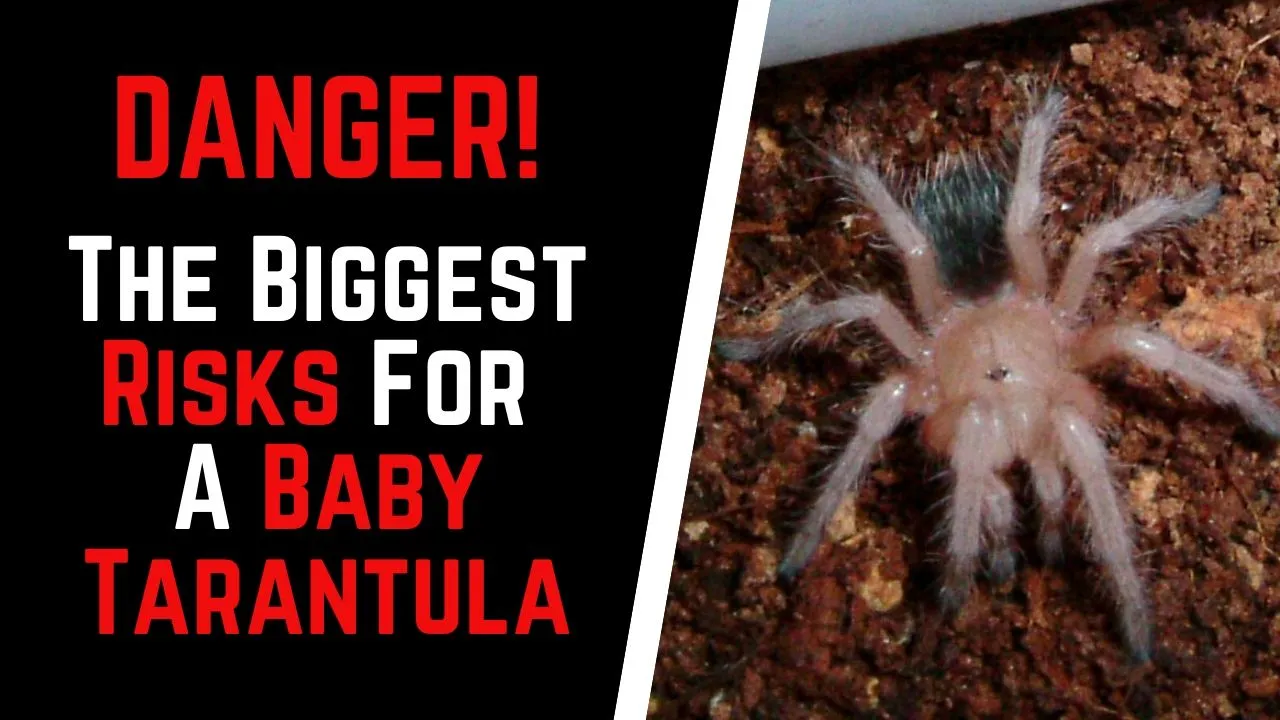
Creating the right habitat is paramount to the health and well-being of your baby tarantula. Baby tarantulas are susceptible to environmental stressors, so setting up a suitable enclosure before you acquire your sling is best practice. The habitat should mimic the tarantula’s natural environment, providing a secure, comfortable, and enriching space. The enclosure must maintain appropriate temperature, humidity, and ventilation, all of which affect the tarantula’s growth and development. It is a delicate balance, and careful monitoring is vital to ensure optimal conditions. Furthermore, the enclosure should be easy to clean and maintain, which will help to prevent the build-up of harmful bacteria and other contaminants. A well-prepared habitat ensures your baby tarantula gets off to the best possible start.
Choosing the Right Enclosure
The enclosure you choose for your baby tarantula should be appropriately sized for its current size. A small, clear plastic container, such as a deli cup, is often ideal for slings. This provides ample space without making the tarantula feel overwhelmed. As the tarantula grows, you will need to upgrade the enclosure. The enclosure should have a secure lid to prevent escape, and it should have sufficient ventilation. Ventilation is crucial to preventing the build-up of mold and maintaining air quality. Ventilation holes should be small enough to prevent the tarantula from escaping. Additionally, the enclosure should be made of a material that is easy to clean and does not retain odors. Glass or acrylic enclosures are good options for larger baby tarantulas as they grow.
Substrate Selection
The substrate is the bedding material inside the enclosure and plays a vital role in maintaining humidity levels and providing a comfortable environment for your baby tarantula. The substrate should be chosen carefully, and the ideal substrate for baby tarantulas is a mixture of materials that can retain moisture without becoming overly saturated. Sphagnum moss is an excellent option, as it retains moisture and helps maintain humidity. Coconut fiber is another popular choice that is easy to work with. Avoid using substrates that are too dusty or can be easily ingested, such as sand. The substrate should be deep enough for the tarantula to burrow if it is a burrowing species, and it should be replaced periodically to maintain hygiene. A depth of about 1-2 inches is usually sufficient for slings.
Creating a Safe and Secure Environment
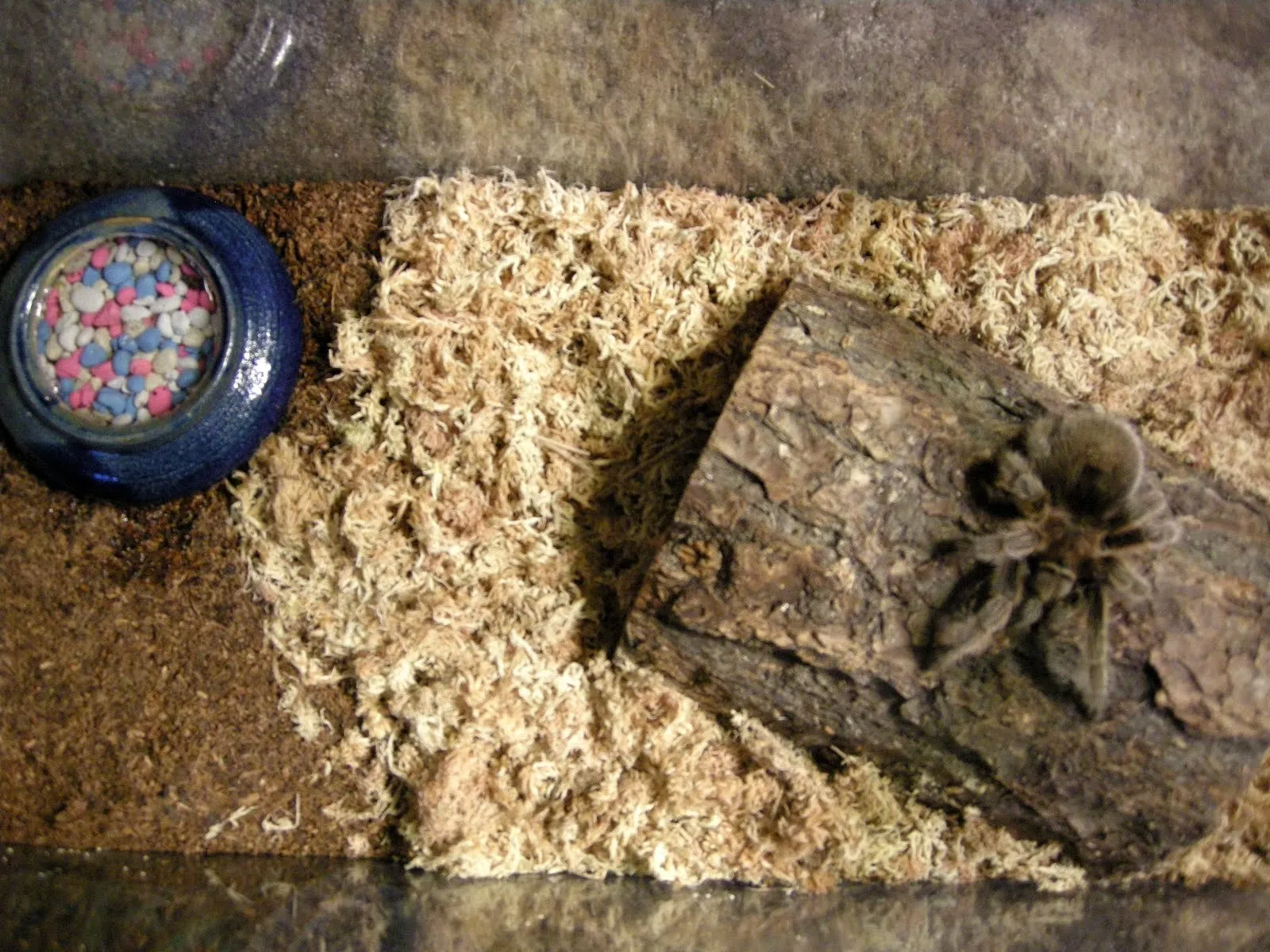
Once the enclosure and substrate are in place, it’s time to create a safe and secure environment for your baby tarantula. Provide a water dish, which can be as simple as a bottle cap, filled with fresh, clean water. Make sure the dish is shallow enough that the tarantula cannot drown. Adding a small piece of sponge or cotton wool to the water dish can reduce the risk of drowning. Include some hides for the tarantula to retreat to. A small piece of cork bark, a half-buried pot, or a commercial hide will provide a sense of security, which is essential for the spider’s well-being. Avoid using sharp objects that could injure the spider. Place the enclosure in a location away from direct sunlight, drafts, and loud noises to minimize stress.
Essential Habitat Decorations
Adding decorations can enrich the environment and provide climbing opportunities for your baby tarantula. A small piece of cork bark, a smooth stone, or a fake plant can provide visual interest. However, decorations should be chosen with safety in mind. Ensure all decorations are clean and non-toxic. Avoid using anything that has sharp edges or can be easily crushed. The decorations should also be placed in a way that does not impede the tarantula’s movement or make it difficult to access food and water. Remember, the primary goal is to create a comfortable and enriching environment while prioritizing the tarantula’s safety. Keep the enclosure simple and easy to maintain.
Feeding Your Baby Tarantula
Feeding your baby tarantula properly is essential for its growth and health. Baby tarantulas have a high metabolism and need to eat frequently. Proper feeding habits promote healthy development and molting. The frequency and amount of food will vary depending on the species, age, and individual needs of the tarantula. It is important to observe your tarantula’s behavior and adjust the feeding schedule accordingly. Overfeeding can lead to health problems, and underfeeding can stunt growth. Find the correct balance to give your baby tarantula the best chance to thrive. A well-fed tarantula is more likely to exhibit healthy behaviors and live a long life.
Choosing the Right Food
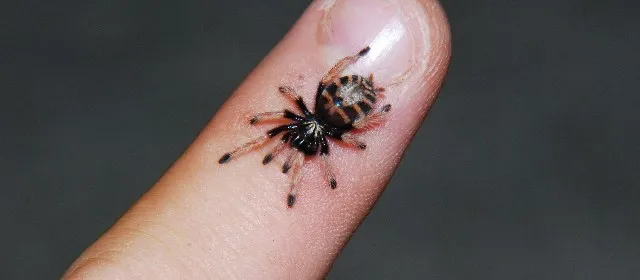
The diet of a baby tarantula primarily consists of small insects, such as fruit flies, pinhead crickets, or pre-killed mealworms. The size of the prey should be appropriate for the size of the tarantula. It is recommended to offer prey items that are no larger than the tarantula’s body length. Fruit flies, especially flightless varieties, are a good choice for very small slings. As the tarantula grows, you can gradually introduce larger prey, such as small crickets or pre-killed mealworms. Ensure the insects are gut-loaded, meaning they are fed nutritious foods before being offered to the tarantula. This enriches the prey, providing the tarantula with essential nutrients. Pre-killed insects are often a safer option, as live prey can sometimes injure the tarantula during the feeding process.
Feeding Frequency and Amount
Baby tarantulas should be fed frequently, typically every two to three days. Offer them one or two appropriately sized prey items per feeding. Monitor the tarantula’s abdomen. If the abdomen is plump, it is well-fed. If it is thin, you can increase the frequency or amount of food. Uneaten prey should be removed within 24 hours to prevent stress to the tarantula and avoid potential dangers. Adjust the feeding schedule as the tarantula grows, and always observe its feeding habits. Some tarantulas may refuse food before molting. Remove any uneaten food items after a day. Always make sure the tarantula has access to fresh water. Do not overfeed the tarantula, as this can lead to obesity and health complications.
Watering and Hydration
Providing fresh water and maintaining proper humidity levels are critical aspects of baby tarantula care. Tarantulas need adequate hydration to molt and thrive. Dehydration can lead to serious health problems, including stunted growth and even death. This is why monitoring the water supply and adjusting environmental conditions is paramount to their health and wellbeing. Water is also critical for maintaining their body functions. The environment should be monitored often to make sure you are providing the correct hydration levels.
Providing Fresh Water
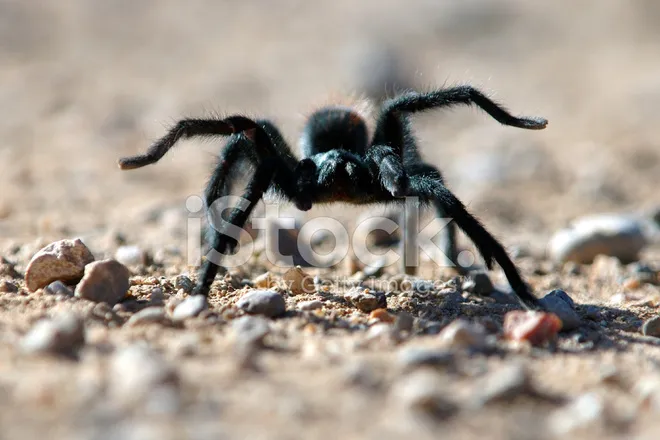
Always provide your baby tarantula with a shallow dish of fresh, clean water. As mentioned earlier, a bottle cap or a small, shallow dish can be used. The water should be changed regularly, ideally every other day, to prevent the growth of bacteria. If you find your tarantula’s water is getting dirty quickly, you might need to change the substrate. The dish should be placed in a location where the tarantula can easily access it. Adding a small piece of sponge or cotton wool to the water dish can help to reduce the risk of drowning. Always use dechlorinated water, as chlorine can be harmful to tarantulas. Water should always be available for your spider.
Maintaining Humidity Levels
Most baby tarantulas require moderate humidity levels to thrive, typically between 60-70%. Humidity levels vary depending on the species. You should research the specific needs of your tarantula species. You can maintain humidity by misting the enclosure with dechlorinated water. Do this a few times a week. Avoid over-misting, which can lead to mold growth and other problems. Ensure the substrate is slightly damp but not waterlogged. Providing proper ventilation is also crucial to prevent the build-up of excessive moisture. Use a hygrometer to measure humidity levels, and adjust your watering and ventilation practices accordingly. Always check species specific needs before setting the humidity level.
Handling and Interaction
While baby tarantulas are fascinating creatures, they are not generally suitable for frequent handling. Handling can be stressful and potentially dangerous for both the spider and the handler. Their small size and fragility make them more susceptible to injury. It is crucial to prioritize the tarantula’s well-being by minimizing handling. Understanding the risks and practicing safe handling techniques is essential if you decide to handle your tarantula. Always consider the tarantula’s behavior and temperament before attempting to interact with it. Prioritizing the safety and well-being of the tarantula is the most responsible approach to pet ownership.
Safe Handling Techniques
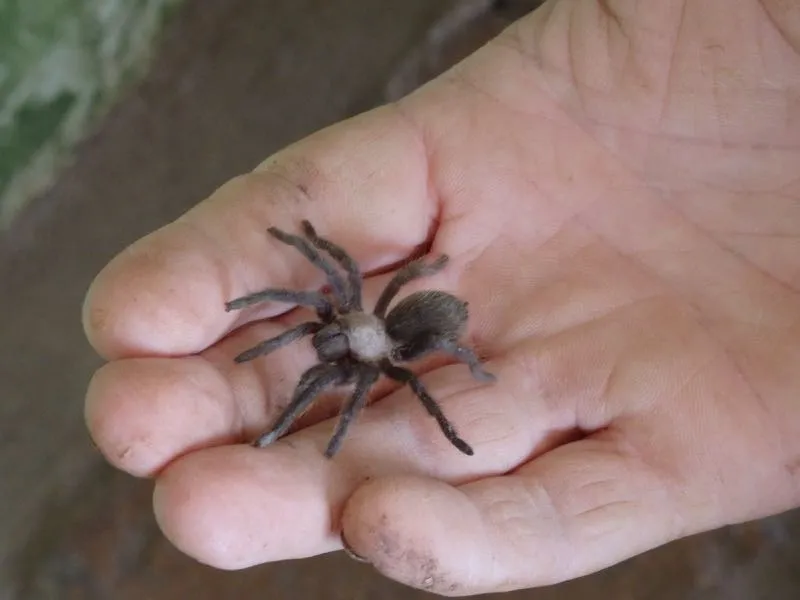
If you choose to handle your baby tarantula, do so with extreme care and caution. Always handle the spider over a soft surface, such as a bed or a carpet, in case it falls. Avoid startling the tarantula. Approach it slowly and gently. Use a soft brush or your hand to gently coax the spider onto your hand. Never grab or squeeze the tarantula, as this can injure it. Be mindful of the spider’s delicate legs, and avoid any sudden movements. If the tarantula appears stressed or agitated, gently place it back into its enclosure. Wash your hands thoroughly before and after handling your tarantula. Always supervise children when they are around the tarantula, and educate them on the importance of gentle handling.
Understanding Tarantula Behavior
Understanding tarantula behavior can help you anticipate its reactions and handle it safely. Tarantulas may exhibit different behaviors depending on their species, age, and individual temperament. Some tarantulas are more docile, while others may be defensive. Be aware of the warning signs of stress or defensiveness. These include raising their front legs, flicking hairs from their abdomen, or showing their fangs. If the tarantula displays these behaviors, it is best to avoid handling it. Observe the tarantula in its enclosure to learn about its behavior patterns. This will help you to anticipate its reactions. Do not try to force interaction; let the tarantula come to you if it feels comfortable. Be respectful of the tarantula’s boundaries.
Health and Hygiene
Maintaining good health and hygiene is crucial for the well-being of your baby tarantula. Regular cleaning of the enclosure and proper sanitation practices can prevent the spread of disease and parasites. Be vigilant in monitoring your tarantula for any signs of illness or injury. Understanding how to recognize potential health issues and take preventative measures is essential for responsible pet ownership. The right environment and consistent care will reduce the chance of your baby tarantula developing health problems. A proactive approach to health and hygiene can help ensure your pet lives a long and healthy life.
Recognizing Common Health Issues
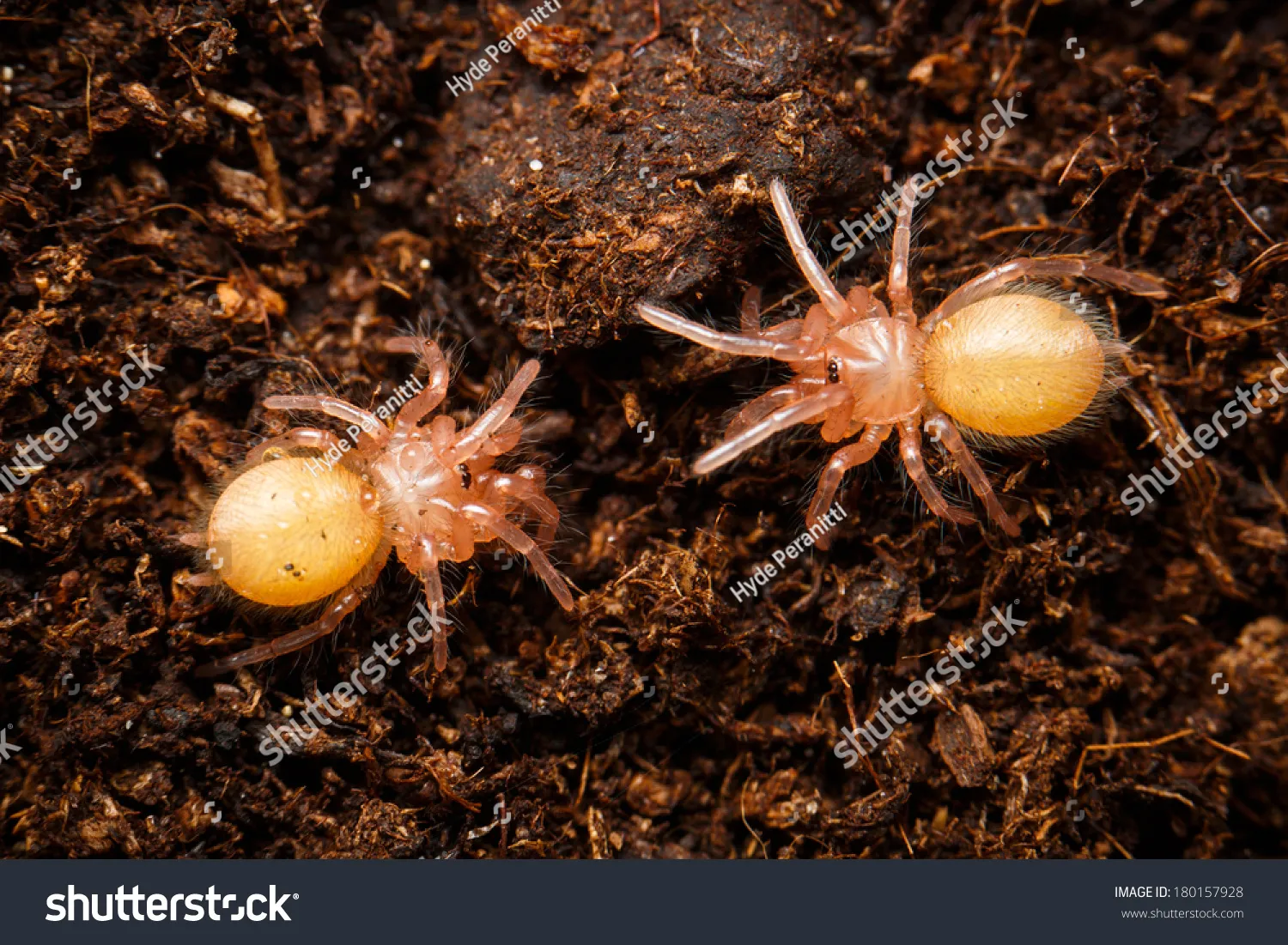
Baby tarantulas can be susceptible to various health issues, so it’s important to recognize the signs of potential problems. Common issues include dehydration, fungal infections, and parasites. Signs of dehydration include a wrinkled abdomen, lethargy, and difficulty moving. Fungal infections may appear as discolored patches on the tarantula’s body. Parasites can manifest as small, moving dots on the tarantula. If you notice any unusual symptoms, isolate the affected tarantula and consult with a veterinarian experienced with arachnids. Early detection and treatment are crucial for successful recovery. Always quarantine any new tarantulas before introducing them to an existing collection.
Preventative Measures
Taking preventative measures can significantly reduce the risk of health problems in your baby tarantula. Maintain proper hygiene in the enclosure. Clean the enclosure regularly, and remove any uneaten food or waste. Provide a balanced diet and ensure the tarantula has access to fresh water. Maintain appropriate temperature and humidity levels. Avoid overcrowding. Overcrowding can increase the spread of disease. Quarantine new tarantulas before introducing them to an existing collection. Regularly inspect your tarantula for any signs of illness or injury. By implementing these preventative measures, you can help your baby tarantula stay healthy and thrive.
Molting Process
Molting is a natural process that occurs as tarantulas grow. During molting, the tarantula sheds its exoskeleton to reveal a new, larger one. The molting process can be a vulnerable time for baby tarantulas. Providing a stress-free environment and minimizing disturbances during this period is essential. Understanding the molting cycle and providing appropriate care can help ensure a successful molt. The health of a baby tarantula is very important during molting.
What to Expect During Molting
Before molting, a baby tarantula may stop eating, become lethargic, and hide in its burrow or under a hide. You might also notice a color change in its abdomen. The tarantula will often lie on its back during the molting process. This can take anywhere from a few minutes to several hours. Once the molt is complete, the tarantula will remain in a vulnerable state for a few days. Avoid disturbing the tarantula during this time. Do not feed the tarantula until its fangs have hardened, usually about a week or two after the molt. Remove the old exoskeleton from the enclosure. It is a sign of successful molting and a testament to the care you provide. Be patient. Observe the behavior of the tarantula and adjust your care accordingly.
Providing a Stress-Free Environment
During the molting process, it is crucial to provide a stress-free environment for your baby tarantula. Avoid any disturbances, such as handling the tarantula or moving the enclosure. Maintain stable temperature and humidity levels. Ensure the tarantula has access to fresh water. Do not offer food until the tarantula’s fangs have hardened. Provide plenty of hiding places. Allow the tarantula to molt in peace. Avoid exposing the tarantula to loud noises or bright lights. Patience is key. Give the tarantula time to recover after molting. Successful molting is a sign of a healthy and well-cared-for tarantula. Always keep the safety of your tarantula in mind.
Conclusion
Caring for a baby tarantula can be a rewarding experience. By following these guidelines, you can provide your baby tarantula with the proper care and environment it needs to thrive. The key to successful tarantula care is to research your specific species, maintain a clean and safe enclosure, and monitor your tarantula’s health regularly. Remember to handle your tarantula with care and respect its boundaries. By understanding the unique needs of your baby tarantula and taking a proactive approach to its care, you can enjoy the fascinating world of these amazing creatures. Enjoy your journey with your new arachnid companion!
